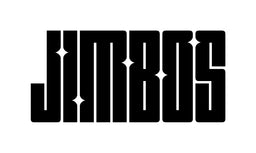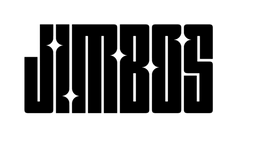What Is Paint Correction?
A Beginner’s Guide to Restoring Shine and Removing Swirls
Noticed swirls, light scratches, or dull spots in your paint? That’s where paint correction comes in. Whether you're prepping for a ceramic coating or just want to bring your paint back to life, this guide breaks down the basics of what paint correction is—and why it matters.
🔧 What Is Paint Correction?
Paint correction is the process of using a machine polisher and abrasive compounds or polishes to remove defects from your vehicle’s clear coat. These defects can include:
- Swirl marks
- Light scratches
- Haze or oxidation
- Water spots
- Buffer trails or holograms
The goal is to level the clear coat just enough to remove those imperfections—without damaging the paint—and restore clarity, depth, and gloss.
🧼 What Causes Paint Defects?
Most swirl marks and scratches come from improper washing and drying techniques, like using dirty sponges, automatic car washes, or low-quality towels.
Other common causes include:
- Contaminants left on the surface
- Wiping a dirty car with a dry towel
- Using harsh or aggressive compounds
🛠️ Tools Used in Paint Correction
The core tools involved in paint correction include:
- Dual action polisher – beginner-friendly and safe
- Cutting or finishing pads – depending on level of correction
- One-step polish like Picture Perfect Polish
- Microfiber towels – for wipe-off and inspection
Want the full setup? Check out the Picture Perfect Paint Bundle.
🎯 How Do You Know If You Need Paint Correction?
Here’s a quick test:
- Park your car in the sun
- Look at the paint from different angles
- See spiderweb swirls or fine scratches? You’ll benefit from correction
Correction is also recommended before applying a ceramic coating like Tough As Shell or The Gloss Boss for best bonding and results.
💡 Pro Tip
Always start with the least aggressive pad and polish combo. If you can get great results with a one-step polish like Picture Perfect Polish, there’s no need to compound first.
Related Posts
- Compound vs Polish – What's the Difference?
- Paint Correction Tools for Beginners
- What Is a One-Step Polish?



